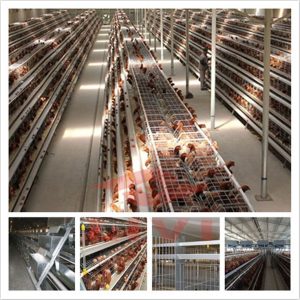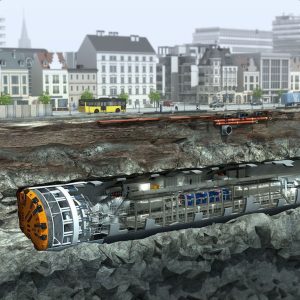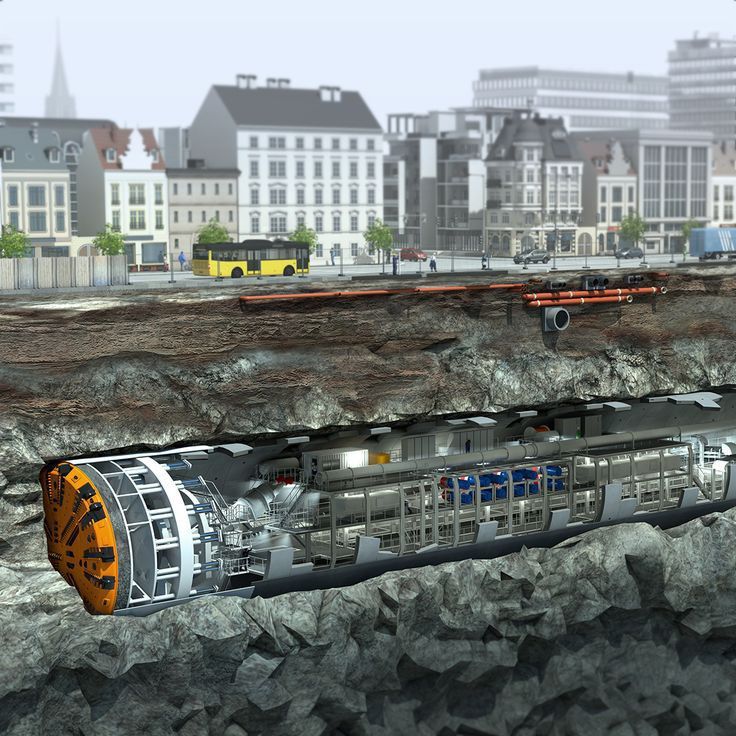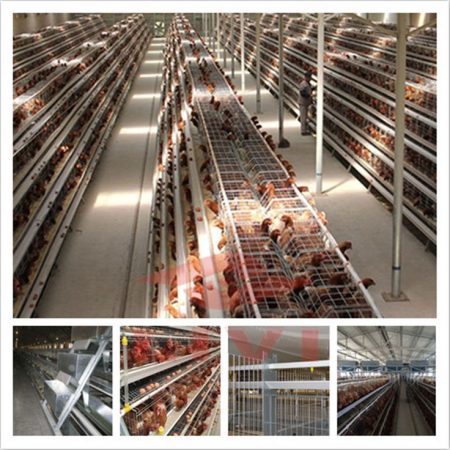In New Zealand, freezing works are critical to the country’s reputation for premium meat exports. Sanitising tunnels—used to disinfect cartons, crates, and equipment—play a vital role in maintaining hygiene across the cold chain.
With increasing scrutiny from global markets and regulatory bodies, upgrading these tunnels isn’t just smart—it’s essential. Here are 10 expert-backed strategies to help freezing works in New Zealand elevate their food safety standards.
1. Automate Tunnel Cleaning Cycles
Why it matters: Manual cleaning is prone to inconsistency and oversight. Automation ensures every sanitising cycle is thorough and repeatable.
Upgrade tip: Install programmable logic controllers (PLCs) that manage high-pressure washdowns, chemical dosing, and rinse cycles. These systems can be tailored to shift schedules and product types, reducing downtime and improving compliance with MPI and RMP protocols.
2. Monitor Temperature Uniformity
Why it matters: Uneven freezing can lead to microbial growth and compromise product integrity.
Upgrade tip: Use thermal mapping and infrared sensors to monitor temperature distribution throughout the tunnel. Integrate alarms for deviations and link data to your facility’s SCADA system for real-time oversight. This is especially crucial for Milmeq or custom-built freezing tunnels operating at -32°C or lower.
3. Use Food-Grade Disinfectants
Why it matters: Harsh chemicals can damage equipment and leave unsafe residues.
Upgrade tip: Switch to biodegradable, non-corrosive disinfectants approved by New Zealand’s Ministry for Primary Industries (MPI). Look for products with proven efficacy against Listeria, Salmonella, and E. coli, and ensure they’re compatible with stainless steel and polymer surfaces commonly found in freezing tunnels.
4. Upgrade to UV-C Sterilisation
Why it matters: UV-C technology offers a chemical-free method to kill bacteria, viruses, and mould.
Upgrade tip: Install UV-C lamps at tunnel entry and exit points or along conveyor paths. These systems can sterilise surfaces and air in seconds, reducing reliance on chemical fogging and improving sustainability. Ensure shielding and safety protocols are in place to protect staff.
5. Retrofit with Cross-Flow Air Systems
Why it matters: Poor airflow leads to condensation, uneven freezing, and microbial hotspots.
Upgrade tip: Retrofit older tunnels with cross-flow or laminar airflow systems that distribute cold air evenly across all surfaces. This not only improves freezing efficiency but also reduces moisture buildup, which is a breeding ground for bacteria
6. Earthquake-Resilient Design
Why it matters: New Zealand’s seismic activity poses a risk to tunnel integrity and hygiene.
Upgrade tip: Reinforce tunnel structures with seismic bracing, flexible joints, and vibration-dampening mounts. Conduct regular structural audits and ensure emergency shut-off systems are accessible and functional in case of tremors.
7. Real-Time Hygiene Tracking
Why it matters: Data-driven hygiene management allows for proactive interventions.
Upgrade tip: Install IoT sensors that track temperature, humidity, and microbial load. Use cloud-based dashboards to visualise trends, set alerts, and generate compliance reports. This enables predictive maintenance and faster response to hygiene breaches.
8. PPE Integration Zones
Why it matters: Human contact is a major source of contamination in freezing works.
Upgrade tip: Create sanitising tunnel entry zones with PPE dispensers, glove dryers, and blade sanitising stations. Use motion sensors to ensure staff don’t bypass these areas, and integrate signage and training to reinforce hygiene culture.
9. Improve Drainage and Waste Flow
Why it matters: Standing water and waste buildup are prime environments for bacterial growth.
Upgrade tip: Regrade tunnel floors to ensure proper slope toward drainage points. Install self-cleaning drains and backflow prevention systems. Conduct quarterly audits to identify clogs or inefficiencies and ensure compliance with NZ building codes and hygiene standards.
10. Train Staff on Tunnel Protocols
Why it matters: Technology is only as effective as the people using it.
Upgrade tip: Develop SOPs for tunnel operation, cleaning, and emergency response. Run quarterly training sessions with hands-on demonstrations and digital modules. Include tunnel hygiene in your internal audit checklist and reward compliance to build a culture of accountability.
Why the industry Needs You
Sanitising tunnels are no longer just a hygiene checkpoint—they’re a strategic asset in New Zealand’s meat processing infrastructure. As global markets demand higher transparency, stricter compliance, and uncompromising food safety, freezing works must evolve beyond basic cleaning routines. Investing in smarter sanitising tunnel systems is not only about meeting regulatory standards—it’s about protecting brand reputation, ensuring product integrity, and future-proofing operations.
Upgrades like automated cleaning cycles, UV-C sterilisation, and real-time hygiene tracking offer measurable improvements in efficiency and risk reduction. But the real value lies in consistency. When sanitising protocols are built into the DNA of your facility—from equipment design to staff behaviour—you create a culture of excellence that resonates throughout the supply chain.
Moreover, these improvements aren’t just for large-scale exporters. Small and mid-sized freezing works across New Zealand can benefit from modular upgrades, better training, and smarter disinfectant choices. Whether you’re processing beef, lamb, venison, or poultry, the principles remain the same: clean environments produce safer, higher-quality meat.
SUMMARY
In a competitive global market, food safety is a differentiator. Sanitising tunnels, when properly maintained and intelligently upgraded, become a symbol of your commitment to quality. So don’t wait for an audit to expose weaknesses—lead the way with proactive upgrades, empowered staff, and a tunnel system that reflects the best of New Zealand’s meat industry.









